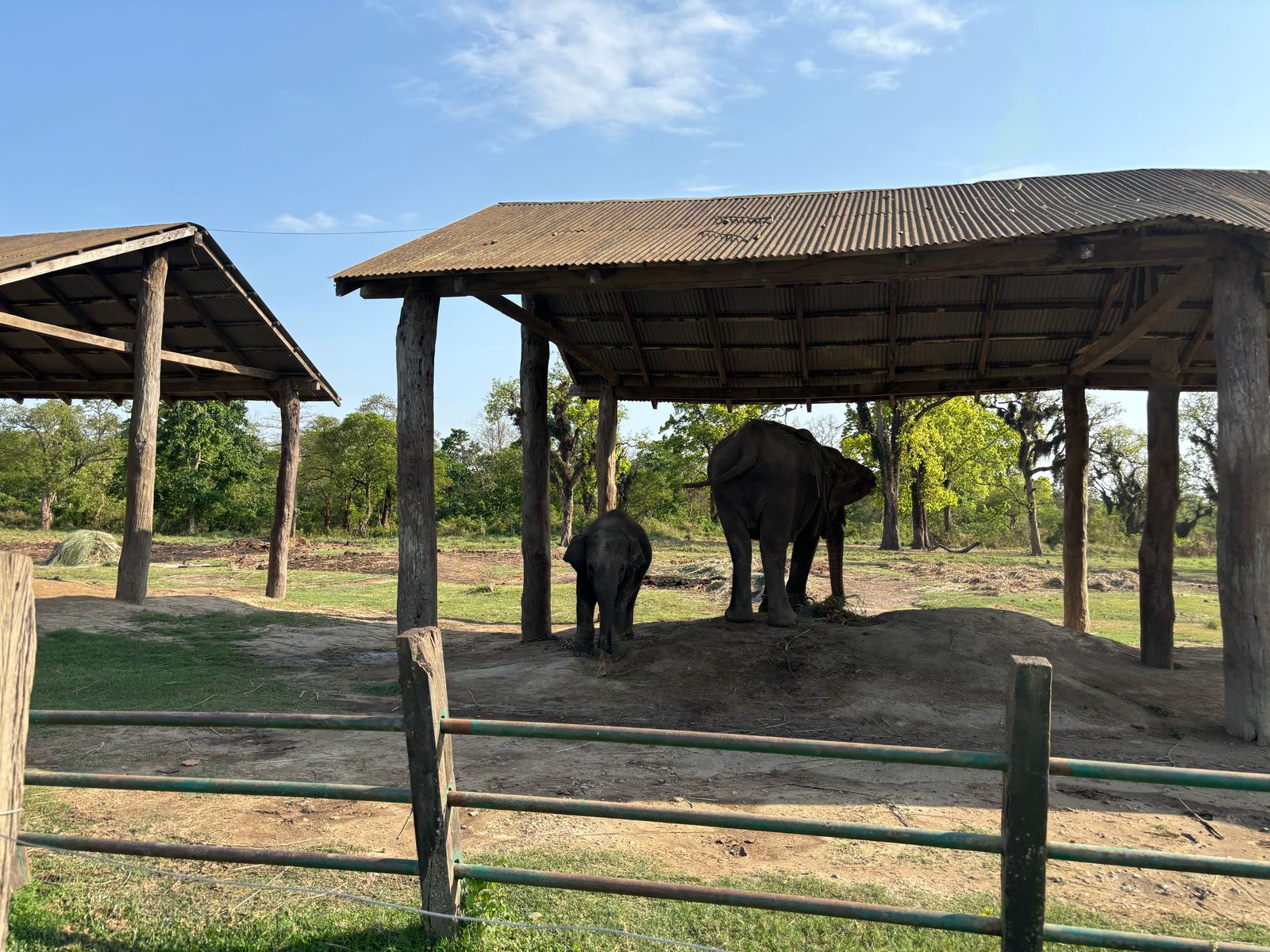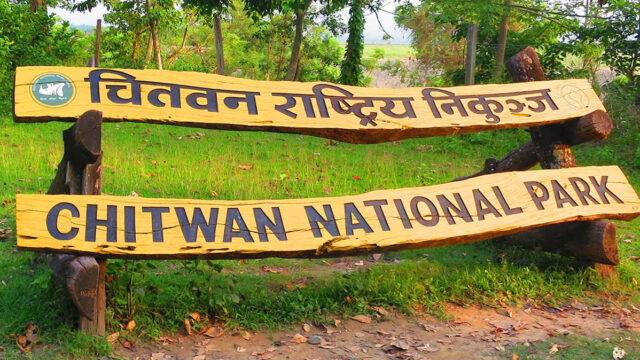As a passionate explorer of Nepal’s natural beauty, I have always been fascinated by its incredible biodiversity. Nepal has 12 national parks, 6 conservation areas, 1 wildlife reserve, 1 hunting reserve, and 13 buffer zones, covering 23.39% of the country’s total land area. These protected areas conserve endangered wildlife and attract thousands of nature lovers, trekkers, and researchers every year. With over 932,532 visitors recorded in the fiscal year 2022/23, Nepal’s national parks and conservation areas play a crucial role in both environmental conservation and tourism.
Exploring Nepal’s National Parks
Each of Nepal’s national parks offers something unique, from dense subtropical jungles to the breathtaking high Himalayas.
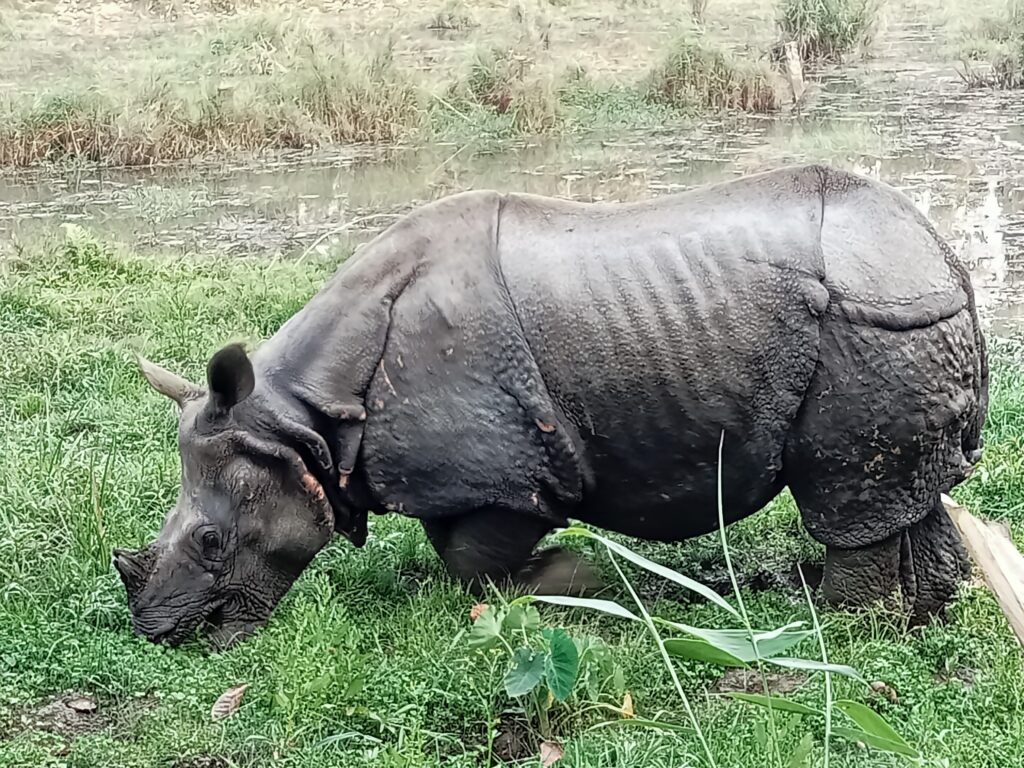
1. Chitwan National Park (932 km², Bagmati Province)
A UNESCO World Heritage Site, Chitwan National Park is one of the most visited wildlife destinations in Nepal, recording 292,392 visitors in 2022/23 and an impressive 306,837 visitors in 2023/24. It is home to the one-horned rhinoceros, Bengal tiger, gharial crocodile, and over 549 bird species.
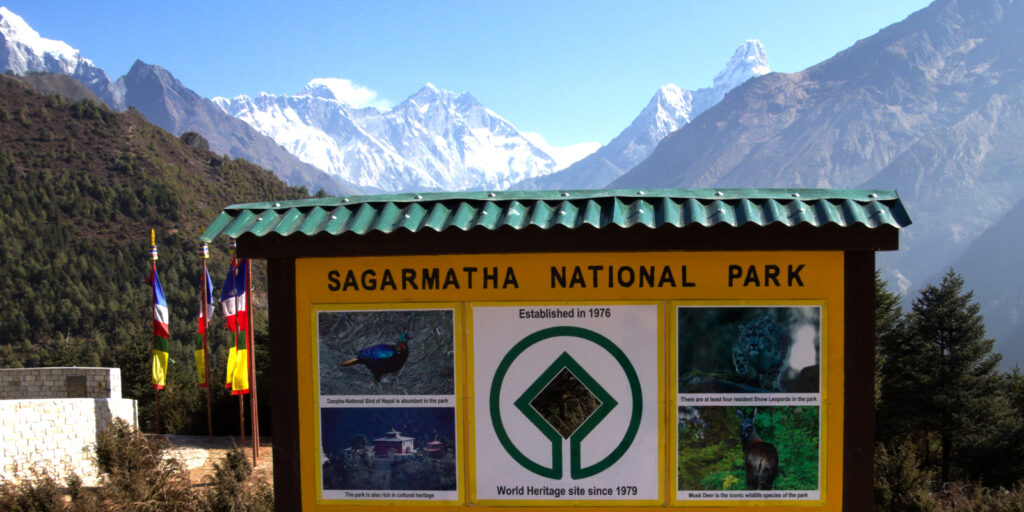
2. Sagarmatha National Park (1,148 km², Koshi Province)
Home to Mount Everest, Sagarmatha National Park is a dream destination for trekkers and mountaineers. It welcomed 57,690 visitors in 2022/23. The park’s diverse wildlife includes snow leopards, red pandas, Himalayan tahr, and more than 200 bird species.
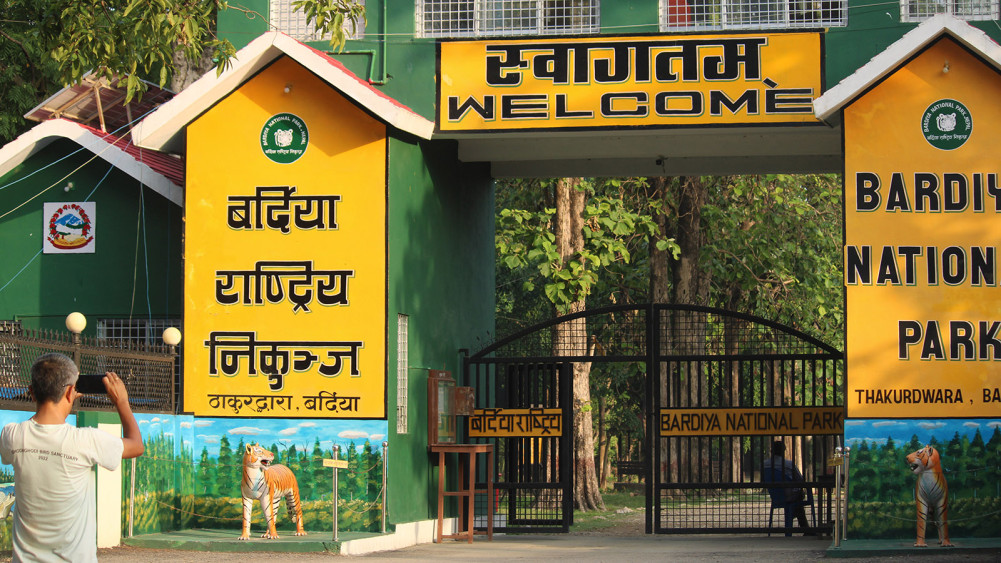
3. Bardiya National Park (968 km², Lumbini Province)
A hidden gem in western Nepal, Bardiya National Park is known for its Bengal tigers, wild elephants, and freshwater dolphins. It saw 23,511 visitors in 2022/23. The park’s Karnali River and Badhaiya Lake are prime spots for wildlife observation.
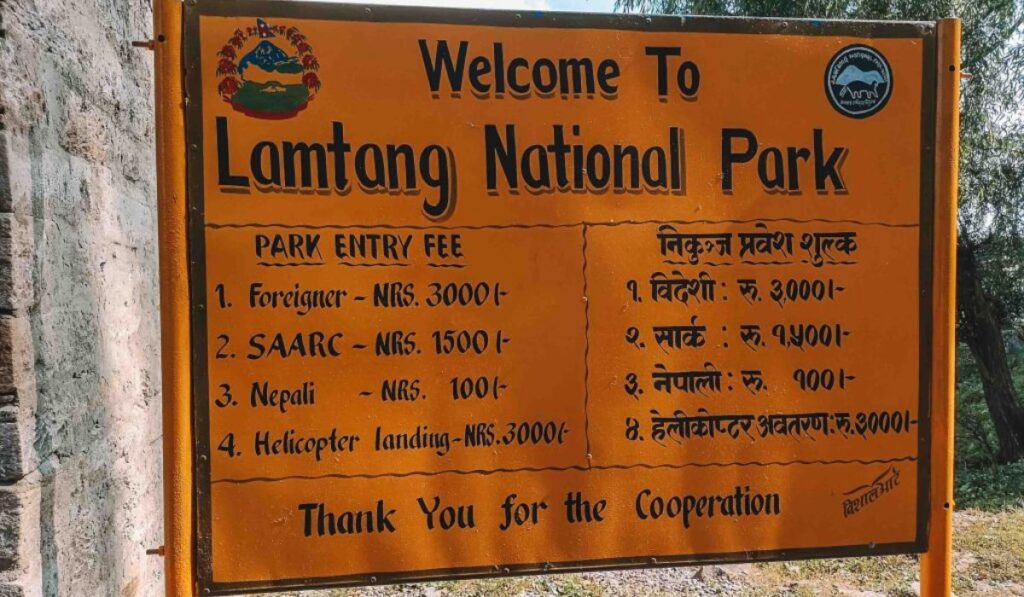
4. Langtang National Park (1,710 km², Bagmati Province)
With 27,561 visitors, Langtang National Park offers spectacular trekking routes and rich biodiversity, including red pandas, Himalayan black bears, and over 250 bird species. The Langtang Valley and Gosaikunda Lake are major highlights.
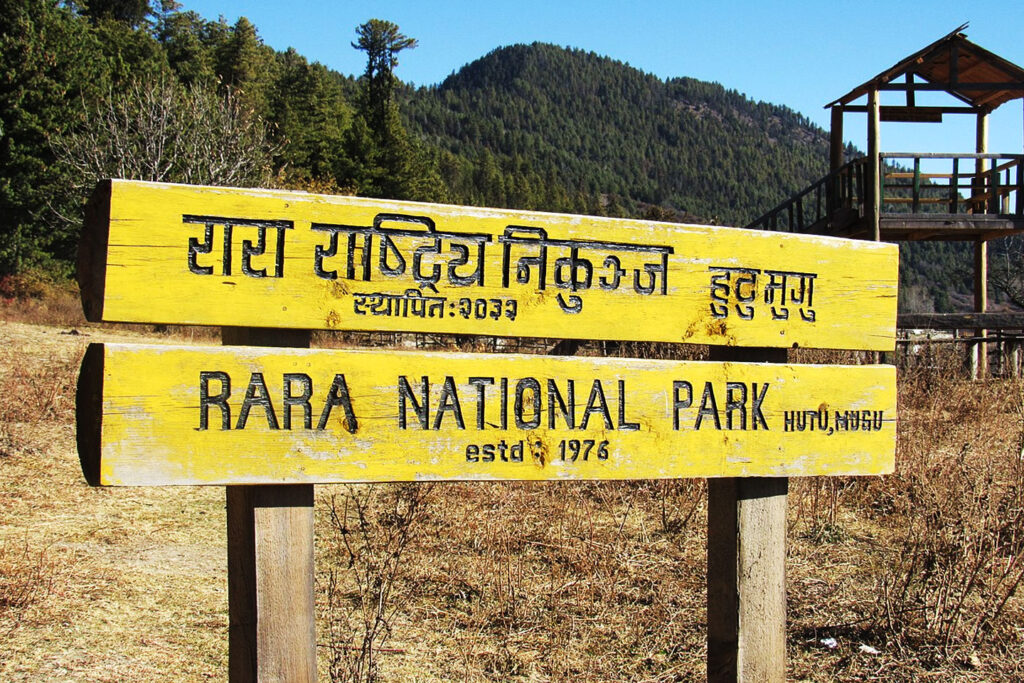
5. Rara National Park (106 km², Karnali Province)
Home to Nepal’s largest lake, Rara National Park attracted 10,899 visitors. The pristine Rara Lake, surrounded by snowcapped mountains, is a paradise for nature lovers. The park shelters Himalayan black bears, musk deer, and various migratory birds.
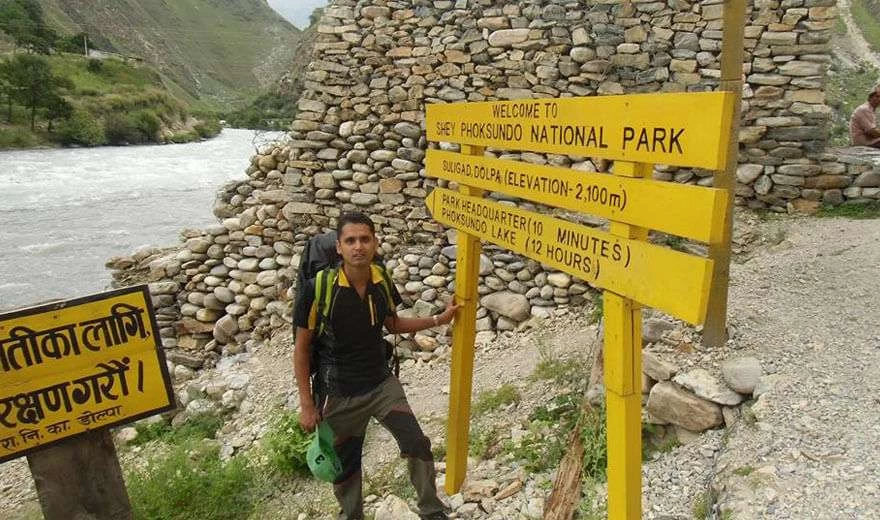
6. Shey Phoksundo National Park (3,555 km², Karnali Province)
Famous for Shey Phoksundo Lake, the deepest lake in Nepal, this national park received 3,782 visitors. It protects blue sheep, snow leopards, and Himalayan wolves in its rugged terrain.
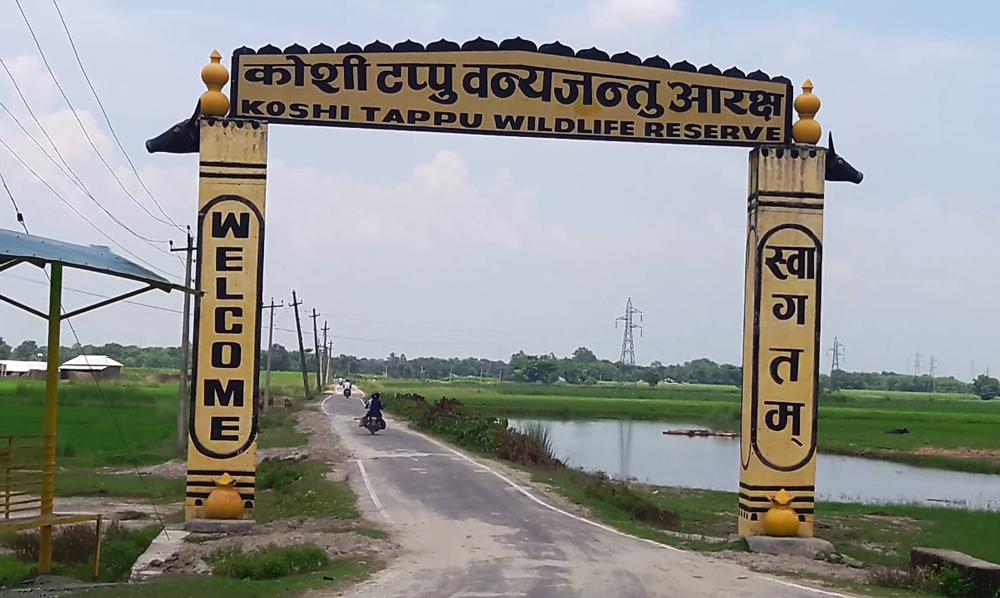
7. Koshi Tappu Wildlife Reserve (175 km², Province 1)
A paradise for birdwatchers, Koshi Tappu recorded 12,029 visitors. Over 441 bird species, including the rare Siberian cranes and bar-headed geese, migrate here during winter.
Other National Parks and Their Visitor Numbers
- Shivapuri-Nagarjun National Park: 301,287 visitors (most visited)
- Dhorpatan Hunting Reserve: 7,045 visitors
- Shuklaphanta National Park: 3,528 visitors
- Khaptad National Park: 2,891 visitors
- Makalu-Barun National Park: 1,610 visitors
- Parsa National Park: 890 visitors
- Banke National Park: 271 visitors
Conservation Areas: Balancing Nature and Communities
Nepal’s six conservation areas focus on both wildlife protection and sustainable development for local communities.
1. Annapurna Conservation Area (7,629 km², Gandaki Province)
The largest conservation area in Nepal, Annapurna is a trekker’s paradise, welcoming 172,108 visitors. It supports snow leopards, Himalayan musk deer, and diverse bird species, while local communities benefit from eco-tourism.
2. Manaslu Conservation Area (1,663 km², Gandaki Province)
Hosting 6,851 visitors, Manaslu is famous for its remote trekking trails and unique Himalayan biodiversity.
3. Kanchenjunga Conservation Area (2,035 km², Province 1)
Attracting only 713 visitors, Kanchenjunga is Nepal’s least explored conservation area but offers incredible biodiversity, including Himalayan black bears and snow leopards.
4. Gaurishankar Conservation Area (2,179 km², Bagmati Province)
With 1,893 visitors, this conservation area protects endangered species like Himalayan tahrs, red pandas, and clouded leopards.
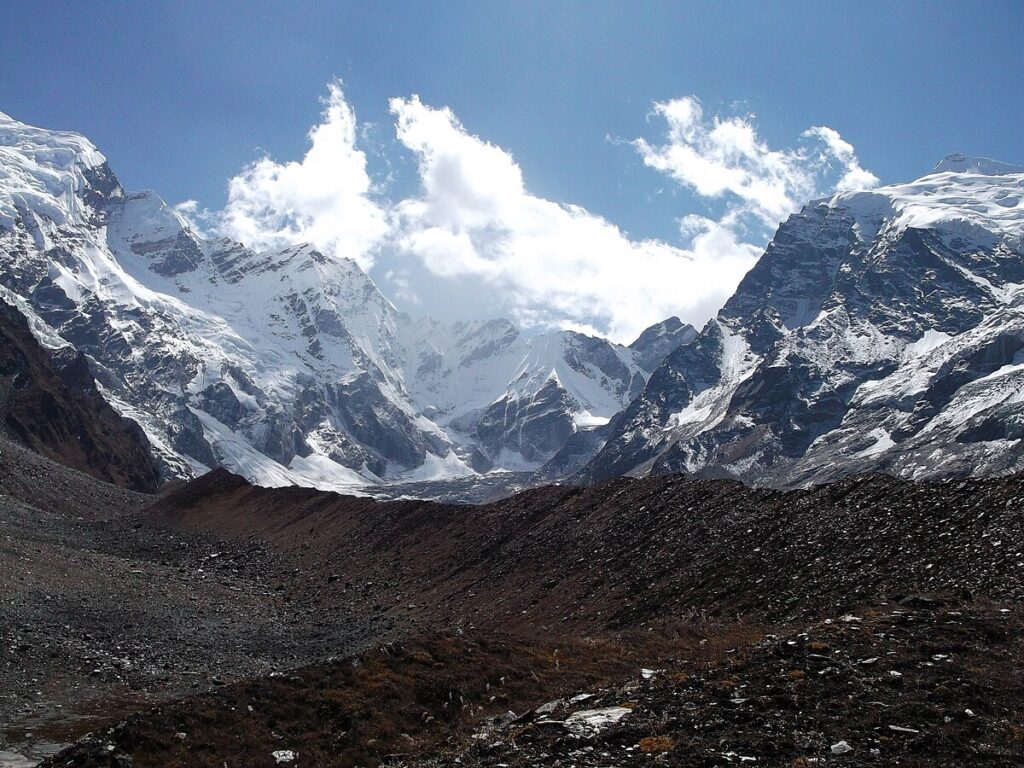
5. Api Nampa Conservation Area (1,903 km², Sudurpashchim Province)
Located in far-western Nepal, it saw only 18 visitors but remains a critical habitat for Himalayan flora and fauna.
6. Krishnasaar Conservation Area (16 km², Madhesh Province)
Dedicated to the conservation of the endangered blackbuck antelope, this small conservation area received 5,561 visitors.
The Growing Popularity of Nepal’s Protected Areas
Over the years, Nepal’s national parks and conservation areas have become key eco-tourism destinations, contributing significantly to the economy and conservation efforts. Chitwan National Park alone set a new record in 2023/24, welcoming 306,837 visitors. The increasing number of visitors highlights the importance of sustainable tourism in preserving Nepal’s natural heritage while supporting local communities.
As someone deeply connected to Nepal’s wilderness, I believe that conservation and responsible tourism must go hand in hand. Whether exploring the jungles of the Terai, trekking through the Himalayas, or birdwatching in wetlands, Nepal’s national parks and conservation areas offer something truly special. By protecting these precious landscapes, we ensure that future generations can continue to experience the incredible beauty of Nepal’s wildlife and nature.
Written By: Pari Adhikari (Tourism Professional and Trekking Guide)
